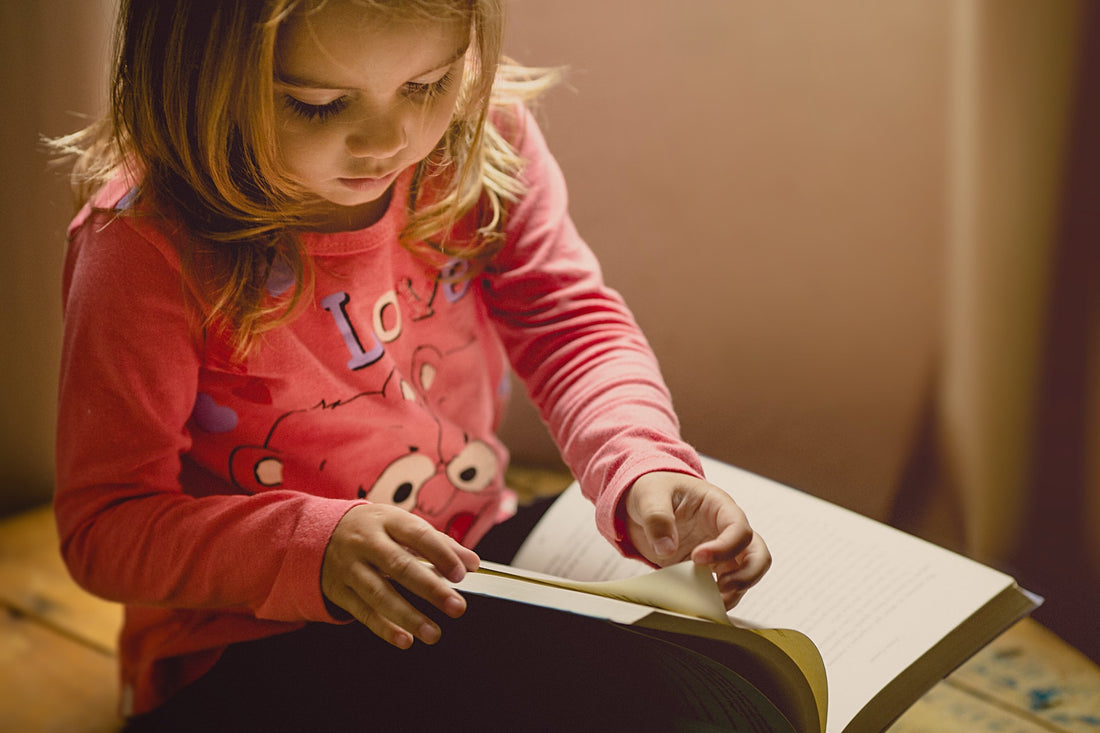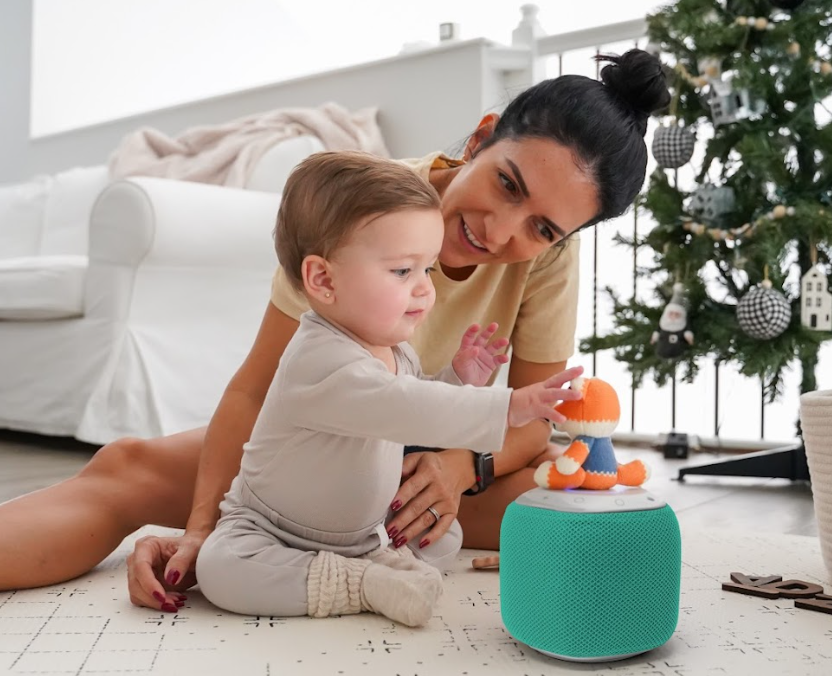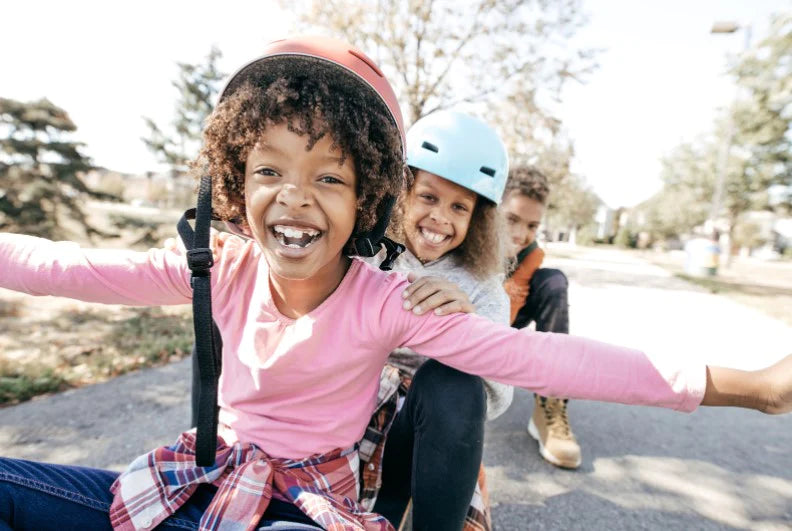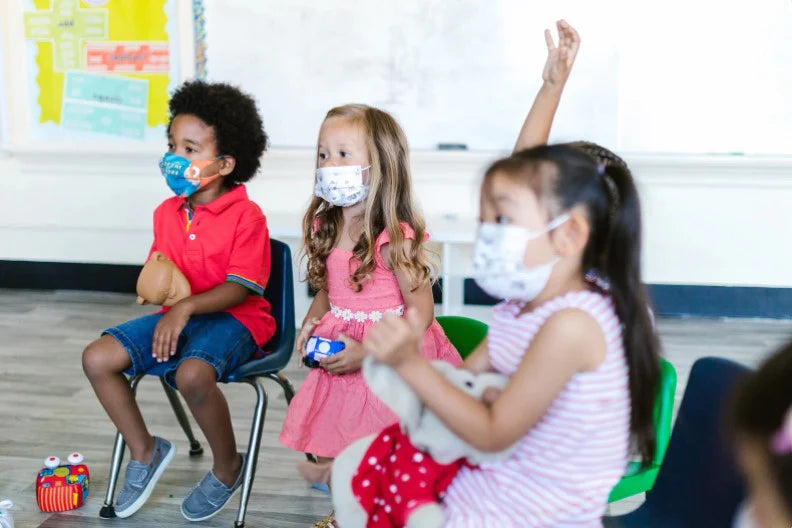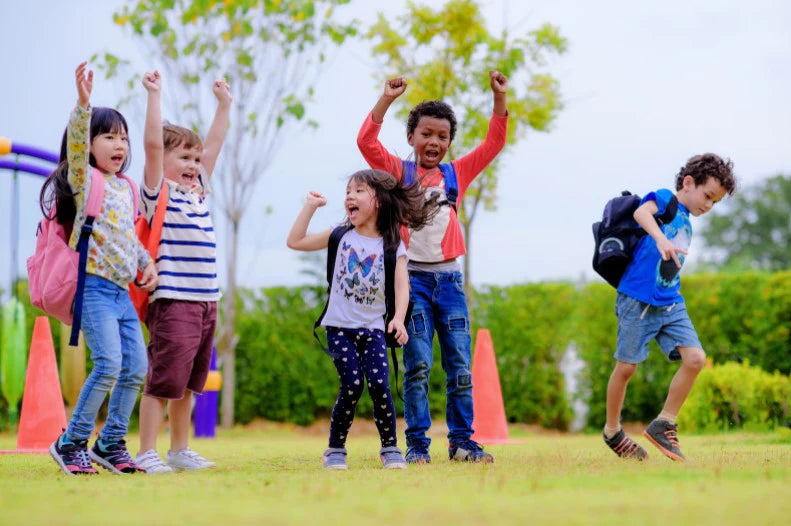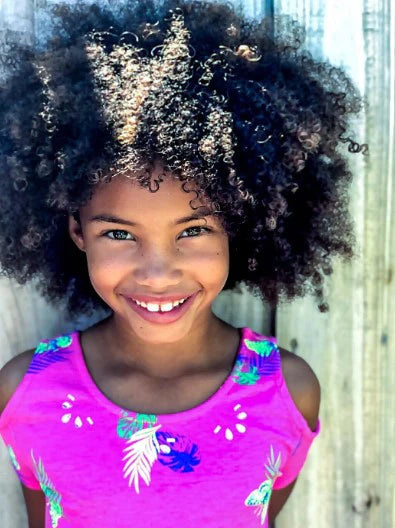As with many aspects of their development, children are unique in the ways that they take in and retain information. From having an affinity for memorizing new words to working well with their hands, parents should take the time to notice their child’s tendencies in how they absorb the world around them as it could give them a clue to their learning style. This information can be useful when helping your child to learn new things at home or when they start school.
There are a number of different models and theories of learning styles, but one of the most widely used is the VARK model, which identifies four primary learning styles: visual, auditory, reading/writing, and kinesthetic.
- Visual: Children who have a visual learning style tend to learn best through visual aids such as diagrams, pictures, and videos. They often prefer to see information in order to understand it, and they may struggle with information that is presented verbally or through text alone. Trying to explain how to do something? These children will benefit from you demonstrating it rather than repeating the directions.
- Auditory: Children who have an auditory learning style tend to learn best through hearing information. They may prefer talks, rhymes, or listening to music while they study. They may struggle with visual aids and find it difficult to follow written instructions. If your little one gravitates toward an auditory learning style, finding educational music (like songs for memorizing math facts) and rhymes could be a great way to help them learn!
- Reading/Writing: Kids who have a reading/writing learning style tend to learn best through… well, reading and writing! They may struggle to retain information that is presented verbally, but excel when they are able to copy things over and over or read things quietly to themselves. Children who gravitate toward this style of learning may enjoy using workbooks to solidify content. And of course, be sure to give them plenty of opportunities to explore books at the library!
- Kinesthetic: Children who have a kinesthetic learning style tend to learn best through hands-on activities and movement. They may prefer labs, field trips, and other activities that allow them to actively engage with the material. They may struggle with sitting still for long periods of time and may have difficulty with lectures or other passive forms of learning. These kids love to be “helpers” and will learn best when you involve them physically in the learning process. Bring them to hands-on museums or teach them a dance that will help them remember their ABCs. Let them use manipulatives like “counting bears” when solving math problems. There are many creative ways to cater to a kinesthetic learner’s learning style!
Keep in mind, children may possess elements of multiple learning styles or could change their learning style over time or depending on the task at hand. Keep an open mind and understand that trial and error is a natural part of navigating the learning process with your little one!

